36+ melanoma recurrence risk calculator
This is the Melanoma Risk Calculator originally peer-reviewed by the Journal of Clinical Oncology. Non-cancer lethality is based on data from the latest US.
Overview Loading Of Vitamin D Vitamindwiki
Web The Melanoma Risk Assessment Tool was developed using data from a large case-control study in the United States.

. Web The predictive models were developed and validated using a combined database n28047 from 11 major institutions and study groups participating in the development of the 7th edition of the American Joint Committee. Web The Model to Estimate Survival In Ambulatory HCC Patients MESIAH Medical Professionals. Protecting yourself from harmful UV rays helps to reduce your risk of getting another skin cancer including melanoma.
Web Melanoma Outcome Calculator. Sentinel Node Metastasis Risk Prediction Tool Subsequent Primary Melanoma Risk Prediction Tool. Web You might have inherited a gene mutation that increases your risk of melanoma if any of the following apply.
For the newest version of this research tool please visit wwwcancergovmelanomarisktool. Web It will only assist in calculating your risk of developing a new melanoma. Web The outcome of patients with stage I malignant melanoma has been well assessed in terms of prognostic factors and their effect on survival.
Factors affecting non-cancer lethality. Web As far as developing new cancers it has been estimated that individuals with melanoma have a 9-fold increase in risk in developing new primary melanomas as well as a 28 overall increase in risk of developing a new primary cancer that isnt melanoma also referred to as a second cancer. Web Calculator generates probability of melanoma having spread to lymph nodes.
Data for other racesethnicities are too limited to accurately estimate risk. Web This validated model estimates the 5-year risk of recurrence and melanoma-specific mortality in melanoma patients with negative sentinel lymph nodes c-index for the recurrence model was 074 and 076 for the calibrated model for melanoma-specific mortality. Risk for a further melanoma increases progressively with increasing numbers of new melanomas.
It has been designed only for use by clinicians in relation to patients with primary melanomas and not recurrences. Web Our melanoma nomogram is a prediction tool designed to help patients with primary skin melanoma and their physicians calculate the likelihood that the cancer has metastasized spread to the sentinel lymph node the first lymph node to which cancer cells are likely to spread from the primary tumor. A family member has had more than one melanoma.
Census Bureau National Vital Statistics Reports. Web Researchers have developed a nomogram to help identify patients diagnosed with thin melanomas that are most likely to develop a recurrence. Typically a sentinel node biopsy is recommended for patients with a risk greater than 10 and may be considered for those with a risk between 5 and 10.
Any clinician who uses the Calculator agrees and acknowledges that. The model is not appropriate for melanoma patients who did not. Web The Calculator has been developed by the Melanoma Institute Australia MIA based on a published risk prediction model see References.
Web The Calculator has been developed by the Melanoma Institute Australia MIA based on a published risk prediction model see References. An interactive tool designed by scientists at the National Cancer Institute NCI the University of Pennsylvania and the. Web Taking action can help ease your mind.
The risk of developing a second melanoma is in the order of 05 per year or 45 risk over 10 years12. Web Melanoma Risk Calculator. Factors affecting cancer lethality.
This nomogram was designed to. Web The tool uses the answers provided to estimate 5-year absolute risk of developing melanoma. Examining your own skin and keeping all follow-up appointments can help you find signs of skin cancer as early as possible.
Who Can Use This Tool. This includes the patients personal medical history risk factor information and an examination of the skin on the patients back and shoulders. However little is known of the recurrence patterns of cutaneous melanoma or the survival of.
Web Our melanoma nomogram is an online prediction tool that can be used to calculate the likelihood that cancer has spread to the lymph nodes in patients with melanoma. Enter the patients age and gender. It has been designed only for use by clinicians in relation to patients with primary melanomas and not recurrences.
Risks are estimated for non-Hispanic whites only between 20 and 70 years of age. A family member has had both melanoma and pancreatic cancer. Several members on one side of your family have had melanoma.
The calculator is available online at wwwmelanomarisk.

Risk Factors For Melanoma By Anatomical Site An Evaluation Of Aetiological Heterogeneity Laskar 2021 British Journal Of Dermatology Wiley Online Library
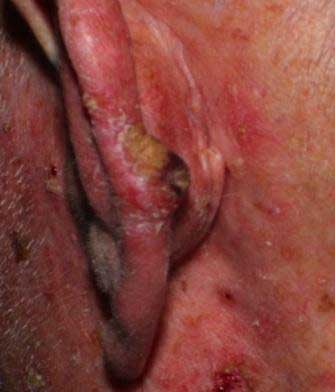
Melanoma Risk Calculator General Public Alfred Health
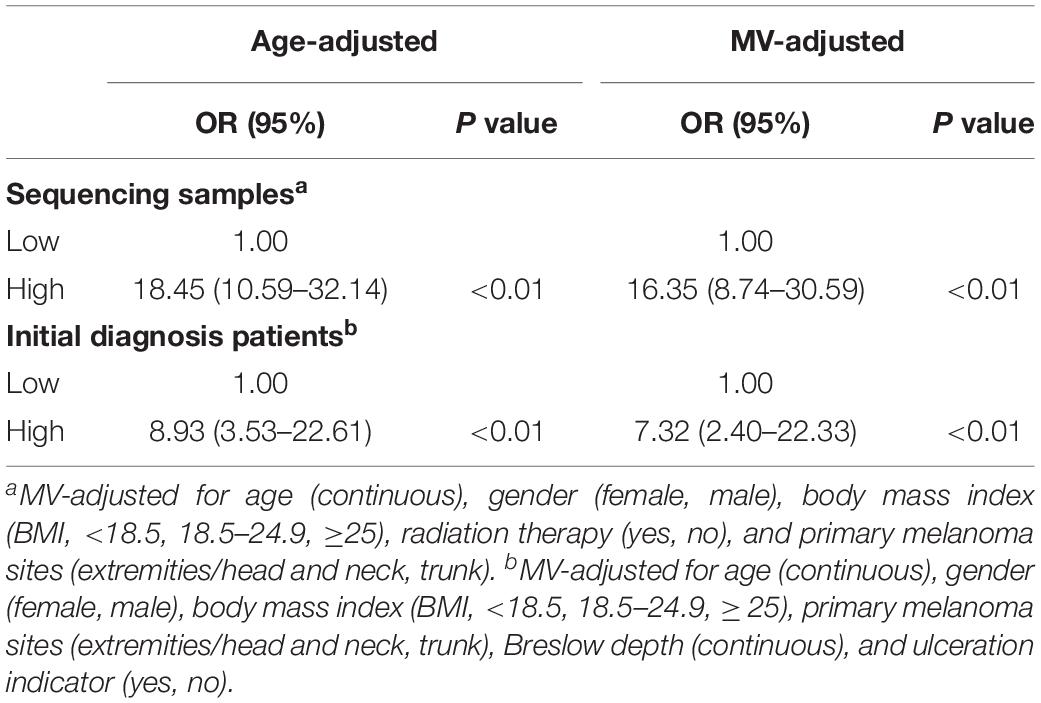
Frontiers Predicting The Risk Of Melanoma Metastasis Using An Immune Risk Score In The Melanoma Cohort
Dr Mccullough On Covid 19 Vaccine Problems Home Treatment Video Slides Transcript Oct And Dec 2021 Vitamindwiki
Skin Cancer Risk Calculator

Sec Filing Roivant Sciences Ltd

Skin Melanoma Cancer Calculator Can Determine Risk For Australians 7news

Pan Arab Journal Of Oncology Pan Arab Journal Of Oncology
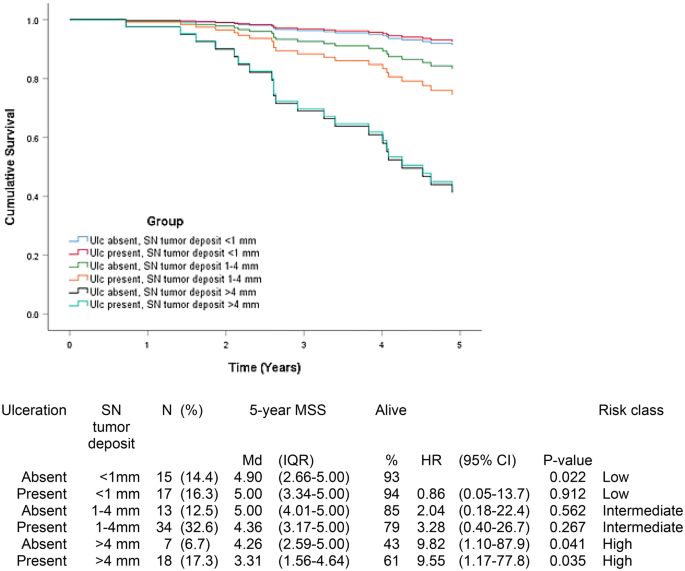
Sentinel Node Tumor Burden In Prediction Of Prognosis In Melanoma Patients Springerlink

Melanoma Risk Score Download Scientific Diagram

Recurrence Free Survival And Risk Of Recurrences In Patients With Download Scientific Diagram

Sentinel Node Tumor Burden In Prediction Of Prognosis In Melanoma Patients Springerlink
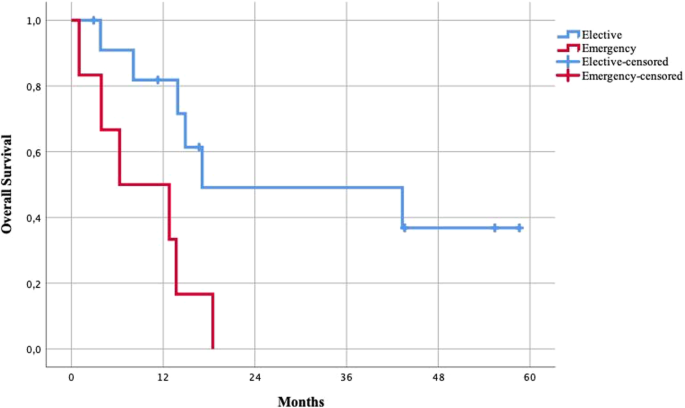
Surgery For Gastrointestinal Metastases Of Malignant Melanoma A Retrospective Exploratory Study World Journal Of Surgical Oncology Full Text
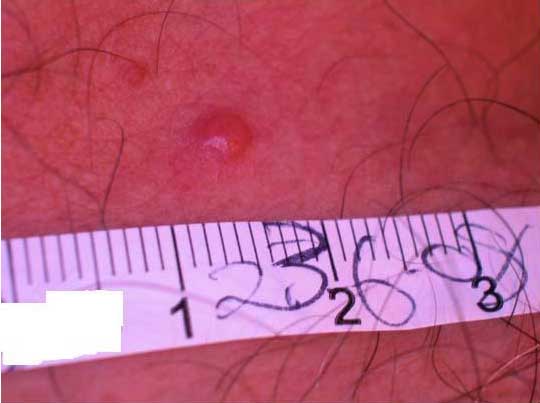
Melanoma Risk Calculator General Public Alfred Health

Melanoma Prediction Tools
Skin Cancer Risk Calculator

Identification Of Stage I Iia Melanoma Patients At High Risk For Disease Relapse Using A Clinicopathologic And Gene Expression Model European Journal Of Cancer